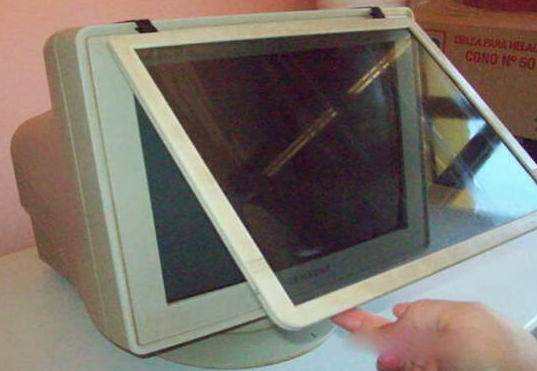It is a good option, you get very interesting results, although it is not very faithful to the time.
The monitors of that time were very different from a TV, had its own personality, and the mask was very important.
The memories are not reliable, but I have clear that they were much more, dense? I do not know the technical term, but they looked sharper and the color was more solid.
I can’t get good sources on the internet, but some examples I have obtained may serve as a reference.
A good source of CGA is shown in this video from The 8-Bit Guy.
The monitors were tinted.
In this article in Vogon, you can see the Hercules, CGA and VGA mask on an MDA monitor.
One thing I could not get out of my mind was the famous anti-static shields. The last ones were glass, but the first ones were a metal mesh, which I suspect is to blame for 99% of the baby boomer generation’s blindness. This is going to look great in an overlay. 

Thanks to you, tonight I test, although the machine is not the most optimal (it is old), I can have references if it is well optimized or as it looks, I load heavy shaders in the middle of the frame, that’s how I’m guided.
I think the important thing is that it is light, or if you think, a fast version for low resource systems and a super optimal one. If you need these references, I’m looking for more.












